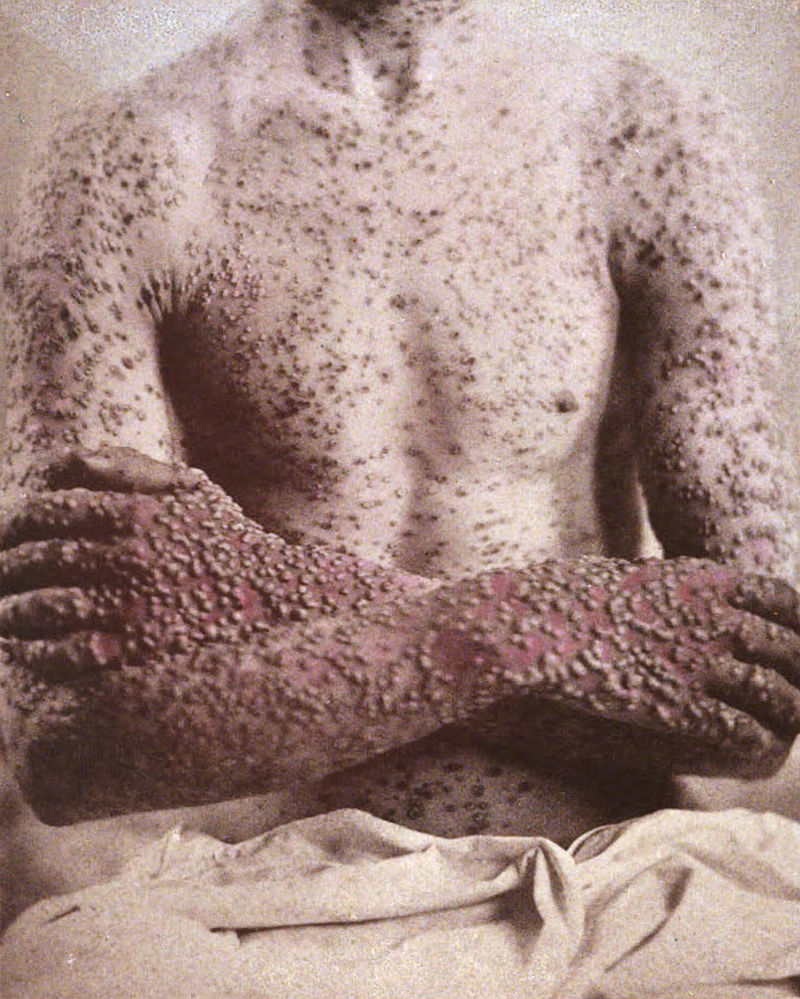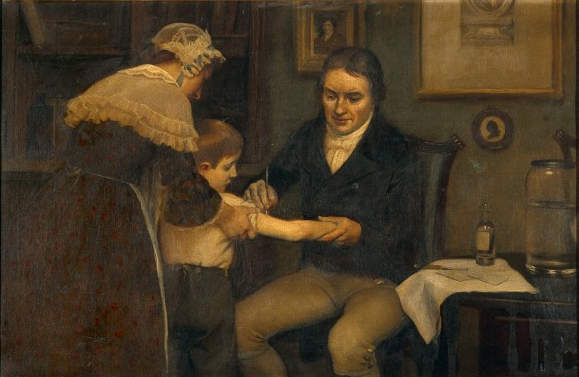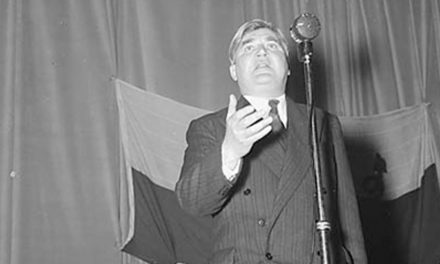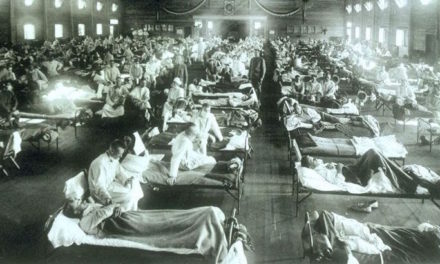Every year, approximately 85% of the world’s children receive vaccines protecting them against deadly diseases such as polio, diphtheria, tetanus and tuberculosis. It has been estimated that vaccines save 9 million lives globally per year, and they have the potential to save an additional 16 million lives every year if effective vaccines are deployed against all potentially vaccine-preventable diseases. Although the story of vaccines did not begin with Edward Jenner, he is considered the founder of vaccinology in the west, and his work is said to have ‘saved more lives than the work of any other human’. For this reason, Jenner is often referred to as the ‘father of immunology’.
Variolation before Jenner
The story of vaccines did not begin with Jenner though, and the practice of immunisation in its earliest form predates him by hundreds of years. The story began in 429 BCE when the Greek historian Thucydides observed that people who had survived a smallpox epidemic in Athens did not subsequently become re-infected with the disease. He astutely noted that the initial infection somehow conferred immunity to these individuals.
It is thought that a primitive form of vaccination called variolation, which is the process of inoculating a susceptible person with material taken from a vesicle of a person with smallpox, was being employed in China and India as early as 1000 CE. Variolation gradually spread around the world, initially to Turkey and was then brought to England in 1721 by Lady Mary Wortley Montagu after she had observed it being performed in Constantinople. At this time, smallpox was one of the most deadly infectious diseases in Europe, and the practice of variolation became increasingly popular because of the fear surrounding the disease. Variolation was far from perfect, however, and those who undertook it usually suffered from a milder form of smallpox, some still dying. Fewer people died from variolation than those who had acquired smallpox naturally though.
Smallpox is a horrific and highly contagious illness that initially causes high fevers, vomiting, headache, and severe abdominal and back pain. These symptoms subside after a couple of days, and then a few days later the renowned rash appears. The smallpox rash starts on the face and hands and then rapidly spreads to cover the body. Within two days of appearance, the rash turns into abscesses that are filled with fluid and pus. These abscesses then break open and scab over, the scabs eventually falling off, leaving pit mark scars. This whole horrible process takes a month or so, and the infected person is contagious until the scabs have all fallen off. The major form of the disease has a mortality rate of 30-35% and has several serious complications including scarring, blindness, and limb deformities.

A patient with smallpox, photograph taken in 1886.
Jenner’s observations
In 1796, the English physician and scientist Edward Jenner made a critical observation. Jenner lived and worked in rural Gloucestershire and frequently treated a disease called cowpox in local dairy farmers and milkmaids. Cowpox is similar to but much milder than smallpox, and Jenner noticed that those who had contracted it had immunity to smallpox. Jenner postulated that the pus in the cowpox blisters somehow protected them from smallpox.
On May 14th, 1976, Jenner decided to test this hypothesis by inoculating James Phipps, the eight-year-old son of his gardener. Jenner took material from a cowpox vesicle on a milkmaid named Sarah Nelmes and injected it into the skin of the boy’s arm. A few months later, Jenner exposed the boy to the smallpox virus on a number of different occasions, but Phipps showed no signs of developing the disease. Jenner continued with his work and performed the inoculation process on 23 further patients, one of which was his 11-month-old son Robert.

Jenner performing the first vaccination on James Phipps (image courtesy of Wellcome images: https://bit.ly/36F236q)
In 1798 Jenner published his findings in the article ‘An Inquiry into the Causes and Effects of the Variolae Vaccinae’, which coined the term vaccination and generated a great deal of interest from the medical community.
The eradication of smallpox
Following the publication of his report, in which Jenner expressed hope that “the annihilation of the smallpox, the most dreadful scourge of the human species, must be the final result of this practice”, there was much deliberation by the medical establishment. Eventually, the process of vaccination was accepted, and in 1840, the British government banned variolation and replaced it with free of charge vaccination using the cowpox virus.
Over the next 200 years, Jenner’s method underwent numerous medical and technological changes. At some point in the 1800s, the virus used to make the smallpox vaccine was changed from cowpox to the vaccinia virus, although the exact timing of this is not known for sure. By the end of the 1920s, numerous other vaccines had also been developed, including ones for diphtheria, tetanus, whooping cough and tuberculosis. In 1955, polio vaccination was introduced in the UK, dramatically reducing the number of cases of the disease.
In 1956, the World Health Organisation (WHO) decided to attempt to eradicate smallpox globally with a worldwide vaccination campaign. Initial efforts were unsuccessful, but in 1967 their work intensified and good progress was being made. By this time smallpox had already been eradicated in North America and Europe, and in 1971, it was eliminated from South America, followed by Asia in 1975, and Africa in 1977. The last recorded person to contract smallpox was a Somali hospital cook and health worker called Ali Maow Maalin. He contracted naturally occurring Variola minor in October 1977 but went on to make a full recovery.

Ali Maow Maalin in 1977, while infected with smallpox.
Almost 200 years after Jenner published his treatise, the WHO declared the world officially free of the disease. Eradication of smallpox is still considered the greatest achievement of international public health.






Recent Comments